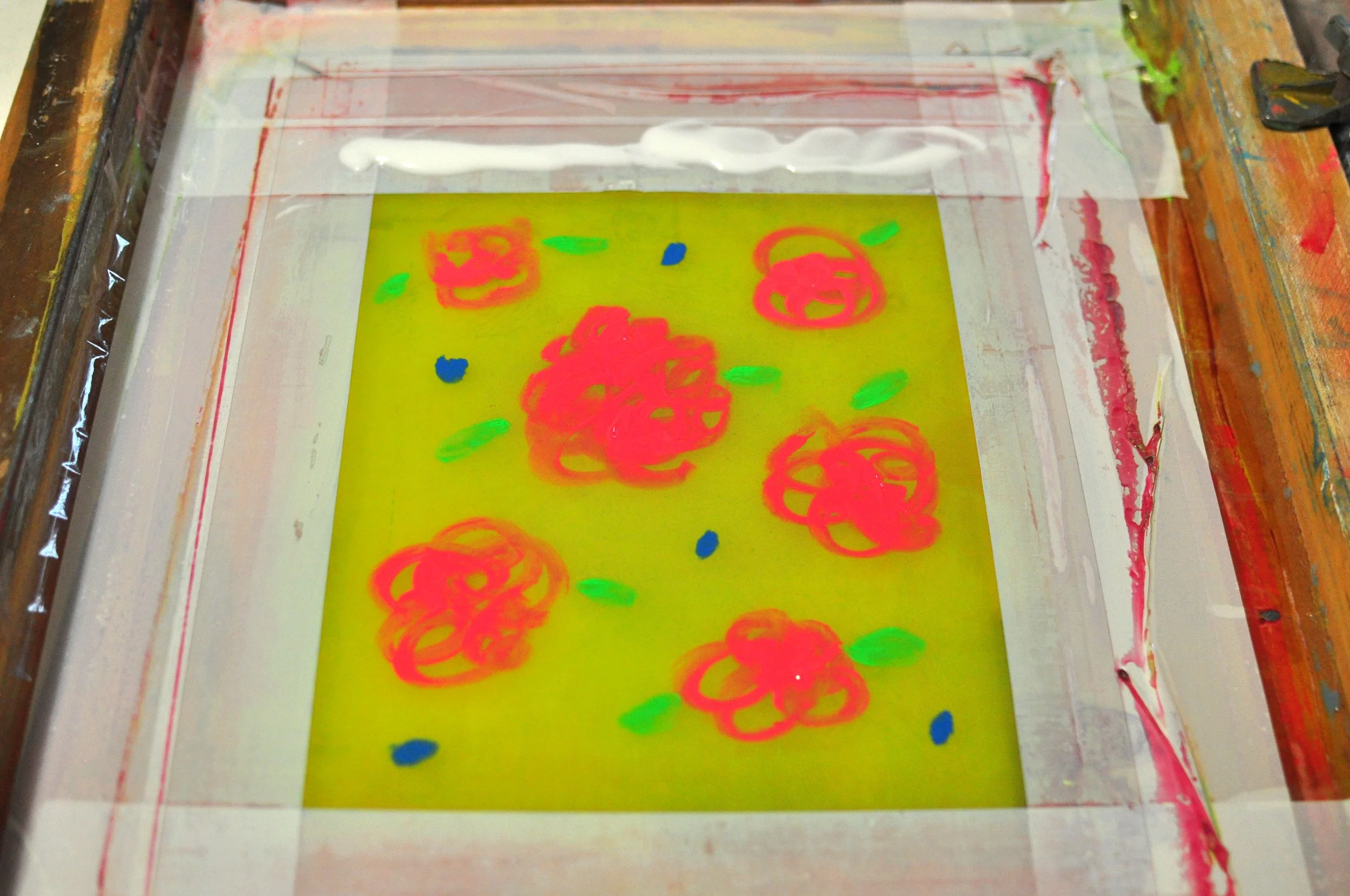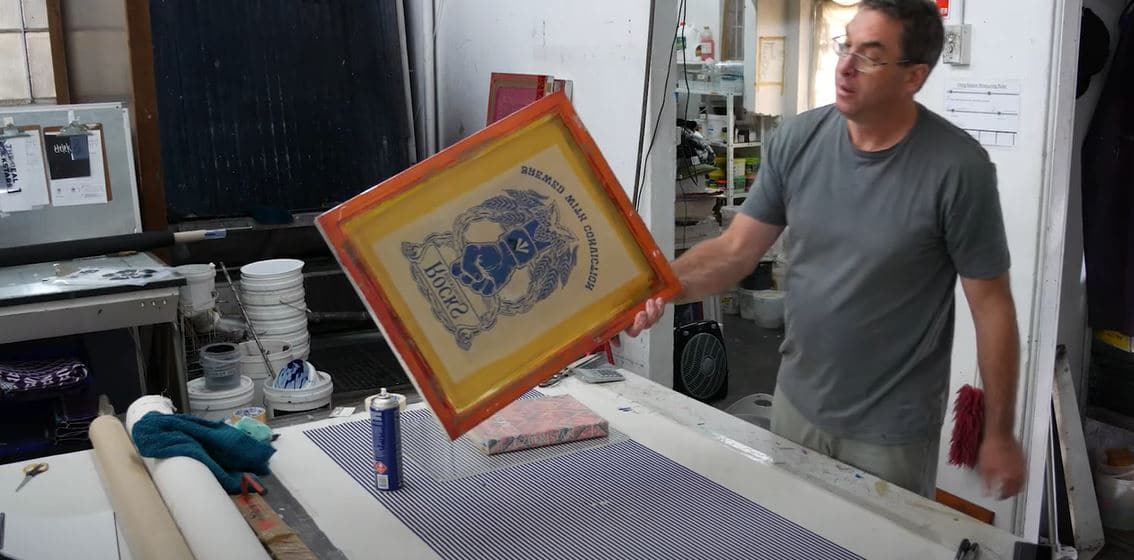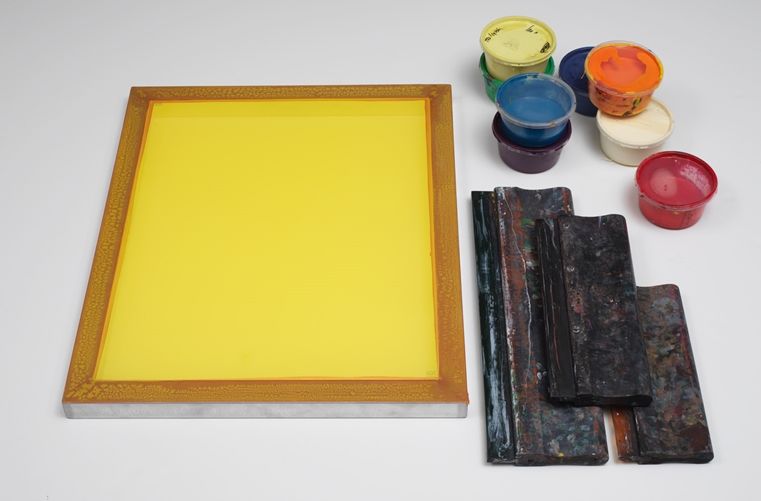ChatGPT said: How to customize your apparel with 10:9 Design Screen Printing in 3 easy steps
The Crucial Overview to Comprehending Screen Printing and Its Versatile Makes use of
Screen printing has an abundant history that dates back to ancient times, progressing into a sophisticated strategy made use of across numerous industries today. This guide discovers the intricacies of the screen printing procedure, describing its applications in home, marketing, and style design - 10:9 Design contact. Understanding these principles can open up imaginative possibility for both imaginative and industrial projects. The following areas will certainly disclose crucial tips and methods to enhance one's screen printing endeavors
The Background of Screen Printing
Screen printing has roots that map back centuries, its advancement mirrors the imaginative and technical innovations of various cultures. Coming from ancient China, the technique was originally made use of for enhancing textiles and later spread to Japan, where it ended up being essential to Ukiyo-e woodblock printing. The approach shifted to Europe in the 18th century, where it gained popularity amongst artisans and industrial printers. The invention of image emulsion in the 20th century changed screen printing, enabling even more detailed layouts and greater performance. Artists like Andy Warhol further propelled its popularity, making use of the tool to produce renowned jobs that combined commercialism and art. By the late 20th century, screen printing had developed itself as a functional technique, used in style, advertising and marketing, and great art. Today, it remains to progress, integrating electronic technology and increasing its applications throughout different sectors.
The Screen Printing Refine Explained
Screen printing changes imaginative visions right into concrete styles through a series of precise steps. A photo is developed and after that moved onto a screen, generally made of fine mesh material stretched over a frame. A light-sensitive solution is related to the screen, which is subjected to light, setting in areas not covered by the image. After washing out the unhardened solution, a pattern is created.
Next off, the screen is positioned over the substratum, whether it be material, paper, or an additional material. Ink is after that pressed via the open locations of the pattern using a squeegee, depositing the style onto the substrate listed below. This procedure can be repeated for numerous colors, requiring different screens for each and every color. The published item is treated using warm to assure the ink adheres appropriately, resulting in a long lasting, vivid design prepared for usage.
Kinds Of Screen Printing Techniques

In addition, specialty strategies, such as discharge screen printing, eliminate dye from the textile to develop softer prints, while aluminum foil screen printing uses metal foil to achieve a glossy surface (10:9 Design Texas). Each method uses unique characteristics, satisfying different creative requirements and manufacturing scales, eventually broadening the opportunities within the screen printing domain
Applications of Screen Printing in Numerous Industries

In addition, the signage and marketing industries make use of screen printing for producing distinctive display screens and banners. This technique allows for bold shades and complex layouts that record interest. In electronics, screen printing is utilized for using conductive inks to circuit boards, crucial for component links. The home décor market accepts screen printing to create distinct designs on fabrics and wall surface art. In general, screen printing acts as an essential tool across varied areas, enhancing products with customized and aesthetically appealing graphics.
Tips for Successful Screen Printing Projects
While embarking on a screen printing task, mindful focus to detail can substantially enhance the final end result. First, selecting premium materials is crucial; this includes the screen, inks, and substrates. Making use of appropriate mesh counts can influence ink deposition and detail resolution. Preparation is equally crucial; complete cleansing of displays and proper exposure times assure crisp prints.
Next off, exact registration is essential for multi-color prints. Using placement devices can assist accomplish accurate layering. Furthermore, testing prints on scrap materials before manufacturing helps determine potential concerns without wasting resources.

Regularly Asked Concerns
What Products Are Finest for Screen Printing on Fabric?
Cotton and polyester blends are perfect for screen printing on fabric because of their resilience and ink absorption. In addition, specialty materials like silk or canvas can generate distinct structures and coatings, boosting the total layout quality.
Exactly how Do I Tidy and Maintain Screen Printing Equipment?
To clean up and keep screen printing devices, one must on a regular basis wash screens with proper solvents, check mops for wear, oil relocating parts, and shop all things in a completely dry, dust-free environment to lengthen their life-span.
What Are the Ecological Influences of Screen Printing?
Screen printing can have significant environmental impacts, consisting of chemical waste here from inks and solvents, water use during cleansing processes, and energy intake. Environmentally friendly products and sustainable practices are crucial for reducing these adverse impacts.
Can Screen Printing Be Done at Home Effectively?
Screen printing can be successfully done at home with the appropriate materials and techniques. Hobbyists can create top quality prints, though success depends on their skill degree, equipment, and understanding of the process involved.
What Are the Costs Associated With Starting a Screen Printing Company?

Starting a screen printing service includes costs for equipment, products, and work space. First expenditures commonly range from a few hundred to numerous thousand bucks, depending on the range, high quality of equipment, and wanted production capacity.
Screen printing has an abundant background that dates back to ancient times, progressing right into an innovative technique used throughout different sectors today. Another strategy, rotating screen printing, employs round screens, facilitating constant printing on material rolls, consequently enhancing effectiveness for large productions. In addition, specialty strategies, such as discharge screen printing, remove color from the textile to create softer prints, while foil screen printing uses metallic aluminum foil to attain a shiny coating. In the style industry, screen printing is extensively utilized to produce vibrant styles on apparel, enabling brand names to showcase their distinct designs. Cotton and polyester blends are perfect for screen printing on material due to their resilience and ink absorption.